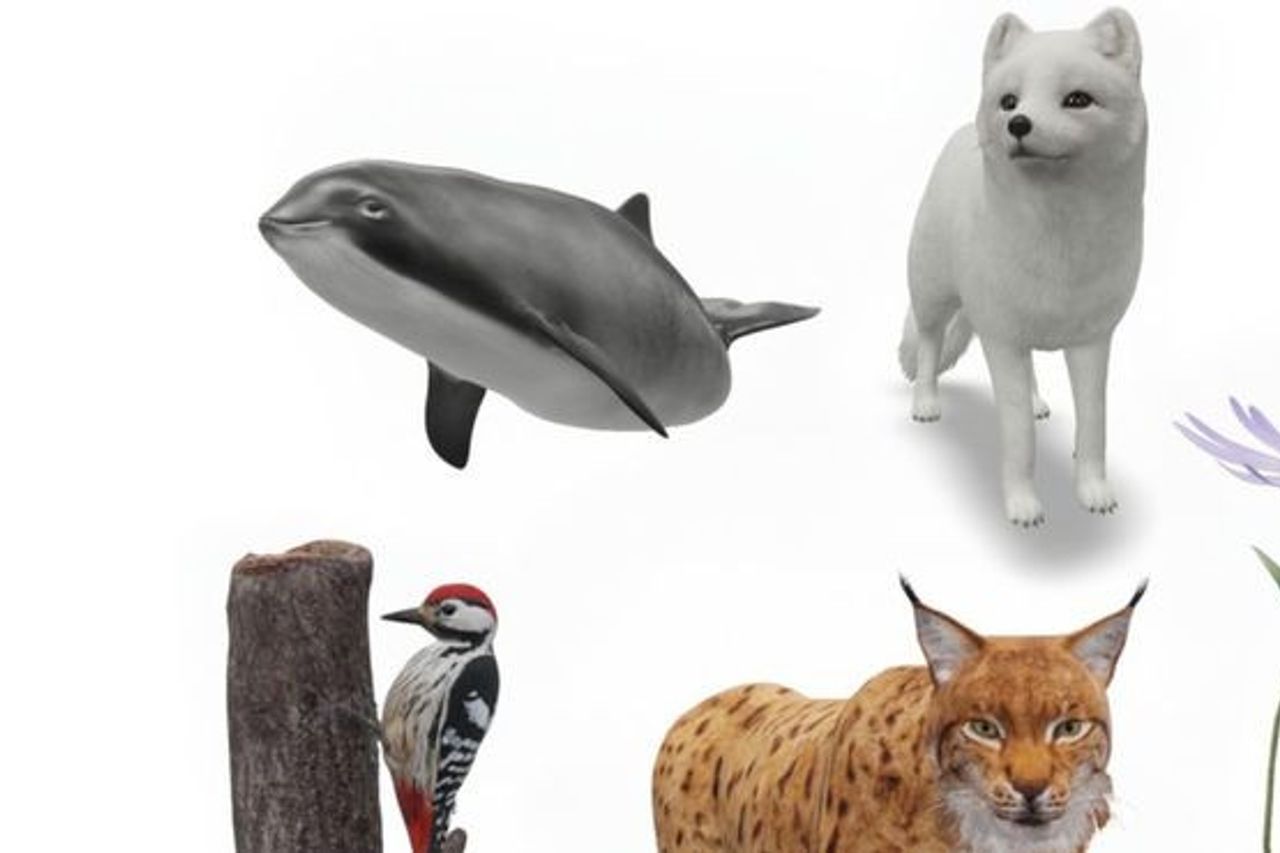Google Creates Augmented Reality 5 Endangered Animals, Here's How To See It

JAKARTA - Google is raising awareness of endangered species by creating augmented reality of five animals. Tech companies are also offering other AR animals that users can search and view in their own homes.
This includes animals seen at the zoo, including tigers, lions, wolves, and more. This feature also includes more exotic animals such as octopuses, platypuses, and koalas.
Through, Sweden's animal AR rendering is not the first time Google has brought awareness to endangered species. In 2019, Google announced on its blog on Endangered Species Day, their partnership with the World Wildlife Fund (WWF) and Our Planet on Netflix. Together with these partners and others, Google created a Wildlife Insights platform for conservationists to identify and locate wildlife more quickly.
Other tech companies like Apple and Facebook are also getting into AR gaming. Earlier this year, Apple CEO Tim Cook said he was excited about how AR, artificial intelligence and Apple devices could impact health. Phobys also created an app to reduce the fear of spiders, also known as Arachnophobia. This app allows users to place a 3D version of the spider in their room on their phone.
Google announced on Wednesday, October 13, the release of AR versions of five endangered animals from Sweden, including the arctic fox, lynx, harbor dolphin, moss carder bee and white-backed woodpecker, to bring awareness to this endangered species.
This 3D view is part of a collaboration with the Swedish Society for the Conservation of Nature. The organization chose this species for various reasons based on the International Union for Conservation of Nature Red List. There are only a few remaining of the whiteback woodpecker and harbor dolphin in the Baltic Sea. Therefore, these two species are labeled as critically endangered.
Deforestation affects woodpeckers and poison and noise pollution affects dolphins. The Arctic fox has a declining population due to climate change, so the threat level is even higher. The natural habitats of the lynx and moss carder bees need to be protected, so they "can continue to breed in the wild." This level of threat is vulnerable.
Illegal hunting and traffic also affects the lynx in its habitat and the "decreasing number of flowers" harms carder bees. The species also lives in other parts of the world "with varying degrees of threat from non-existent to urgent."
How to See Five Endangered Species in 3D
Users can easily view any of the five endangered species by searching for it on Google via smartphone. For example, search for an arctic fox in the search bar. Scroll down to the animal overview. Here one can learn more about foxes, such as their diet, predators and characteristics.
Click "View in 3D" to view endangered species. Then, click "View in your space." Point the phone at an empty spot and slowly move the phone back and forth until the fox appears. Make sure the volume is high to hear animal sounds. Then, the person can move it anywhere in the room. The arctic fox will then make the jump. Users can then take pictures or videos.
There are 2,249 threatened species in Sweden. Google and SSNC hope that by launching AR versions of these endangered animals, people around the world will learn more about them and how to help.
